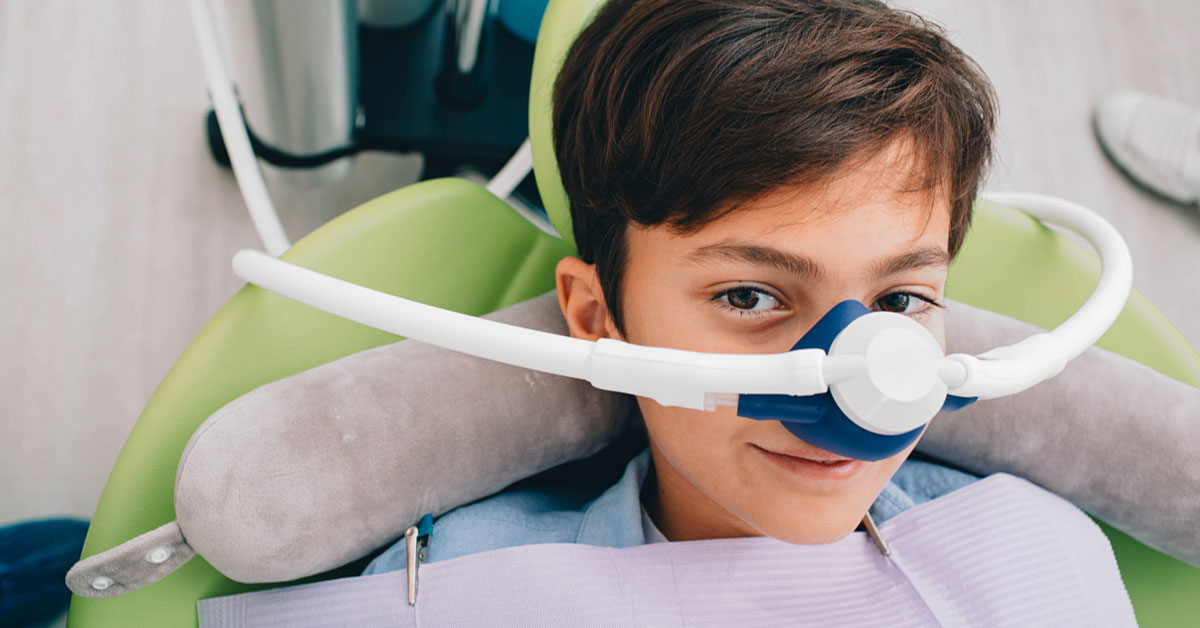
- Home
- About
- Our Team
- Services
- Postoperative Care
- Smile Gallery
- Medical Tourism
- Blog
- Offers
- Contact Us
- Home
- About
- Our Team
- Services
- Postoperative Care
- Smile Gallery
- Medical Tourism
- Blog
- Offers
- Contact Us

A lot of people are so phobic about going to a dental clinic. This fear of a dentist is amplified in children. The very basic chair set up of a dental clinic is just frightening for small kids. Getting the child to sit in the dental chair for a consultation itself becomes very challenging for both the doctor and the parents. For such children who have a fear of getting to a dentist, this sedation dentistry may help take away some of their anxiety and getting a relaxed treatment.
Sedation dentistry uses medication to help patients relax during the dental procedures. The levels of sedation can vary from minimal to moderate to deep anaesthesia.
Minimal sedation usually involves breathing in nitrous oxide combined with oxygen through a face mask. This is otherwise called laughing gas. This helps the patient to be relaxed and awake during the procedure. It is non-invasive, and once your child stops breathing nitrous oxide then the drug will quickly leave their system, and they will return to normal.
Moderate sedation involves medication that is either taken orally or through IV injections. This will make the patient drowsy and he may not remember the whole of the procedure, although in a conscious state. Respiratory and cardiovascular functions are generally not affected in this type of sedation.
Deep sedation involves medications that are given through IV injections. The child will be completely asleep, but may respond by moving a little, to some stimulation or pain. Recovery from this type of sedation is a little longer, and may sometimes impair respiratory and cardiac functions. So a qualified anaesthetist will be there to monitor the child throughout the procedure.
General anaesthesia is where the patient is almost or totally unconscious and so do not know or feel any of the procedure done. He has to be waken up after the anaesthesia wear away. Your child would be monitored by a trained anaesthetist. Recovery time is a little longer after a general anaesthesia than the other sedation types, and your child may need assistance with breathing during the procedure.
The type of sedation to be given, is decided by the dentist on a case by case basis.
Children who are very anxious and phobic about dental treatment.
Small children who are not cooperative. Such kids are very difficult to handle due to behavioural problems.
Mentally retarded or medically compromised children. Such children do not understand the explanation provided by the dentist or parent.
Need multiple dental work to be completed in a single sitting.
How safe is sedation dentistry?
Sedation has been used in dentistry for a long time and the drugs and methods are constantly reviewed. Most pedodontists who are recommending or administering sedation are well trained. During deep and general anaesthesia the child has to be monitored by an anaesthetist. Some side effects like vomiting, nausea, imbalance and drowsiness are common with such sedation methods. So get briefed before the procedure, by your doctor.
Sedation of children for dental procedure is a common and safe practice. Sit back, relax and get a pain free dentistry for your child, with minimal or no discomfort.
For enquiries book an appointment with us at Oris Dental Center.